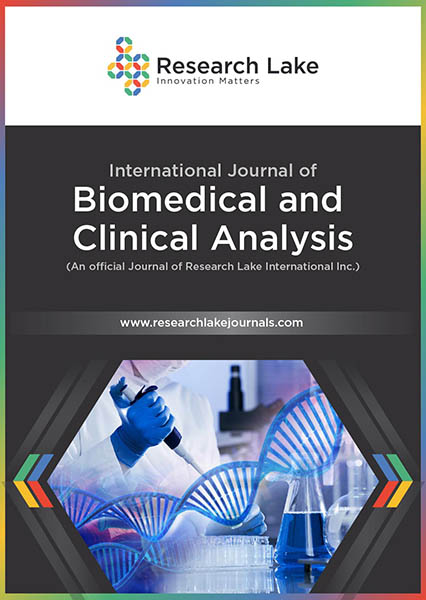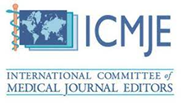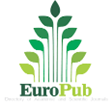Prevalence of Bacterial Pathogens and Antibiotic Susceptibility in Wound Infections: A Microbiological Study
Abstract
Infections due to antibiotic resistant bacteria have increased alarmingly in both developed and developing countries. Unrestrained and rapidly spreading bacterial growth has turned the management of wound infection into a serious challenge. This study aimed to determine the prevalence of different bacterial pathogens and their antibiotic susceptibility in various types of samples sent to the microbiology laboratory.
A study was conducted on 110 samples collected in forms of swabs and culture. All isolated bacteria were identified based on colony characteristics, Gram staining and standard biochemical tests and antibiotic susceptibility testing with the Kirby- Bauer test, known as the disc diffusion method. This method relies on the inhibition of bacterial growth measured under standard conditions. Several statistics and pie charts are used to present observation of the study.
The rate of isolation of bacteria was 100% from the samples collected from different sites of different patients. Staphylococcus aureus (50.91%) was found to be the most frequent isolate, followed by Escherichia coli (24.55%), Pseudomonas species (10.91%), klebsiella species (5.45%), Streptococcus pyogenes (5.45%), Proteus species (2.73%).
Gram-positive where mostly found sensitive to antibiotics imipenem, gentamycin, ceftriaxone vancomycin, Azithromycin in the study. Gram-negative where mostly found sensitive to ceftazidime, Ceftriaxone, gentamicin.
The diversity of isolated bacteria and their susceptibility patterns signify a need to implement a proper infection control strategy which can be achieved by carrying out antibiotic sensitivity test of the isolates.
Copyright (c) 2024 Payal Kumari, Sayan Bhattacharyya

This work is licensed under a Creative Commons Attribution-NonCommercial 4.0 International License.
Copyright © by the authors; licensee Research Lake International Inc., Canada. This open-access article is distributed under the terms of the Creative Commons Attribution Non-Commercial License (CC BY-NC) (http://creative-commons.org/licenses/by-nc/4.0/).






















